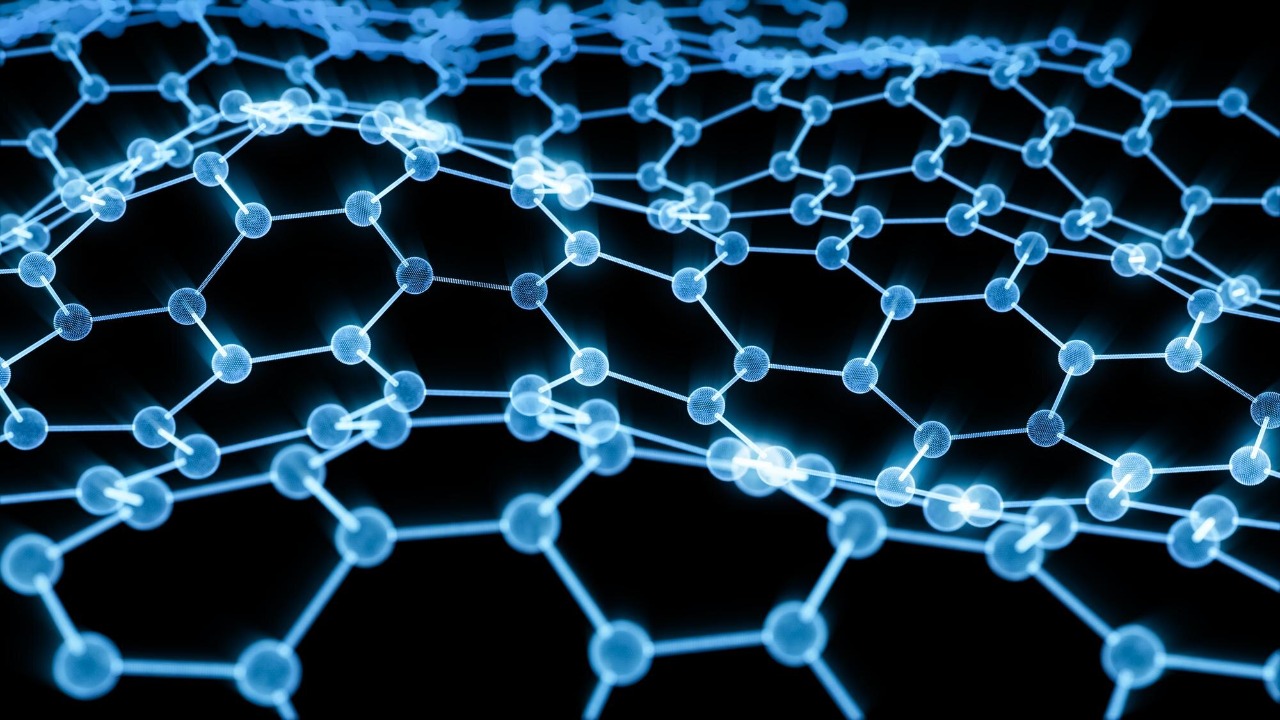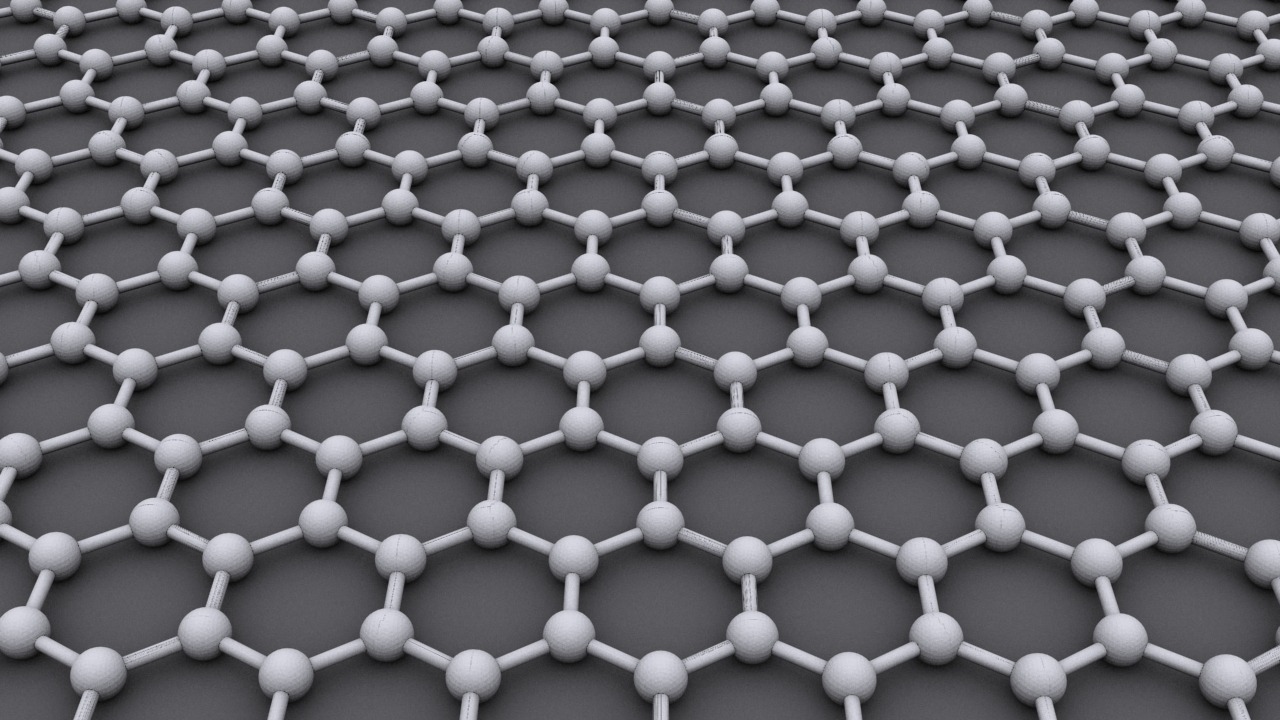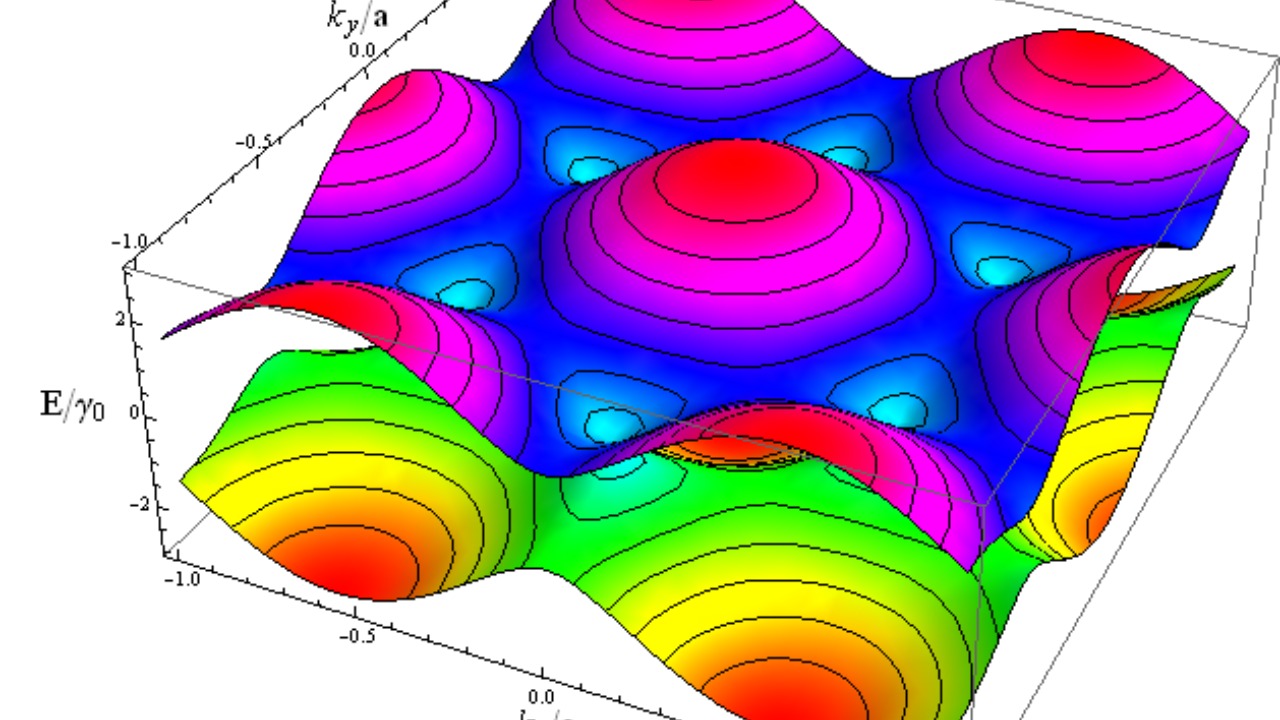
The revelation that electrons in the single-atom-thick material known as graphene can act much like a frictionless fluid is a significant departure from our conventional understanding of physics. This groundbreaking discovery has the potential to rewrite textbook principles and open up new avenues of research and innovation.
Understanding Graphene

Graphene, discovered in 2004, is an allotrope of carbon that forms a two-dimensional honeycomb lattice. It is renowned for its strength, flexibility, and conductivity. In fact, it is one of the most conductive materials known to man. These unique properties make it a subject of intense scientific research.
In addition to its unique structural properties, graphene plays a pivotal role in various areas of science. It holds potential for incredible advances in electronics, material science, and energy storage. It’s even being explored as a possible material for quantum computing.
Electrons in Graphene: Breaking the Norm

While graphene’s unique properties are well-documented, recent findings have shown that electrons within graphene behave in ways that challenge existing physics norms. Instead of moving like typical particles, they act more like a frictionless fluid. This means they can flow unimpeded, without losing energy to heat or friction.
This discovery is a significant departure from the conventional understanding of electron behavior. Traditionally, electrons are thought to scatter and lose energy through heat when moving through a conductor. But in graphene, they are able to move in a collective, fluid-like manner. This challenges our basic understanding of how electrons interact with their environment.
The Experiments and Findings

In a series of experiments, researchers applied a strong magnetic field to a graphene sample, causing the electrons to rearrange themselves into a frictionless fluid. They then studied the behavior of this fluid under various conditions, making observations that confirm the fluid-like behavior of electrons in graphene.
The results of these experiments demonstrate the unique behavior of electrons in graphene. For example, they found that the fluid of electrons could flow without resistance, even when the graphene sample was cooled to near absolute zero. This is in stark contrast to the behavior of electrons in conventional materials, and it provides compelling evidence for the fluid-like behavior of electrons in graphene. You can read the detailed findings in this paper.
Implications for Fundamental Physics

The discovery of fluid-like electron behavior in graphene has profound implications for our understanding of physics. It challenges traditional concepts of electron behavior and energy transfer, potentially forcing a re-evaluation of established textbook rules. For instance, it could cause us to rethink our understanding of resistance and conductivity in materials.
This could also influence our understanding of other systems in nature where frictionless flow is observed, such as superfluid helium and neutron stars. The findings could even have implications for the study of black holes and quantum mechanics, as discussed in this thread.
Future Prospects and Applications

The potential applications of this discovery are wide-ranging. In the field of electronics, the ability to exploit the fluid-like behavior of electrons could lead to more efficient energy transmission and advanced electronic devices. In material science, it could inform the development of new materials with unprecedented properties.
Perhaps most excitingly, this discovery opens up a new frontier in the field of quantum computing. The fluid-like behavior of electrons in graphene could be leveraged to create quantum bits, or qubits, that are more stable and less prone to errors. In fact, this tweet by Michael Hiesboeck, a quantum computing researcher, highlights the significant potential this discovery holds for the field.
While these applications are still largely theoretical, the discovery of the fluid-like behavior of electrons in graphene has undoubtedly opened up new research directions. This discovery is a testament to the ever-evolving nature of scientific understanding, and it underscores the exciting potential of graphene as a material for future innovations.